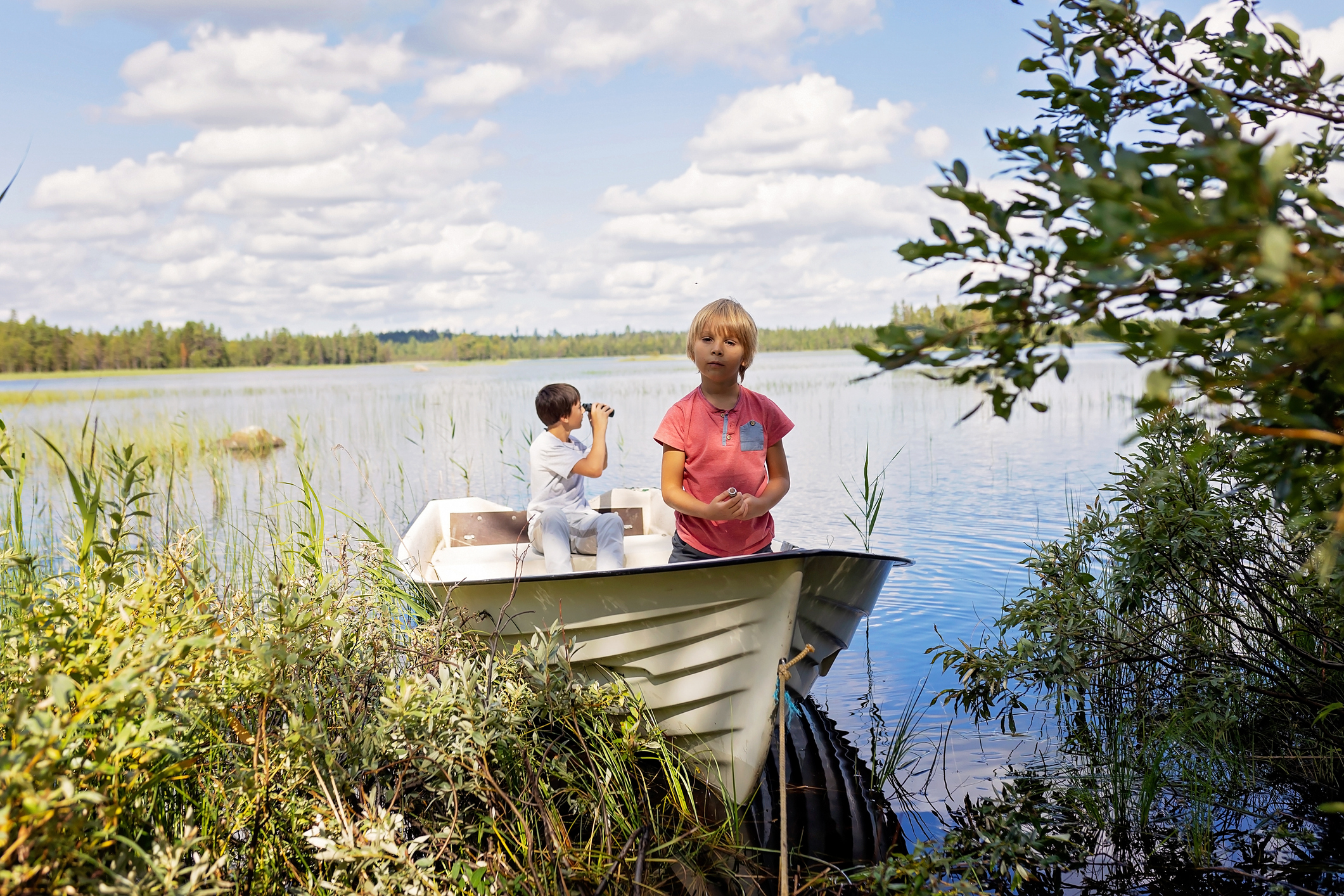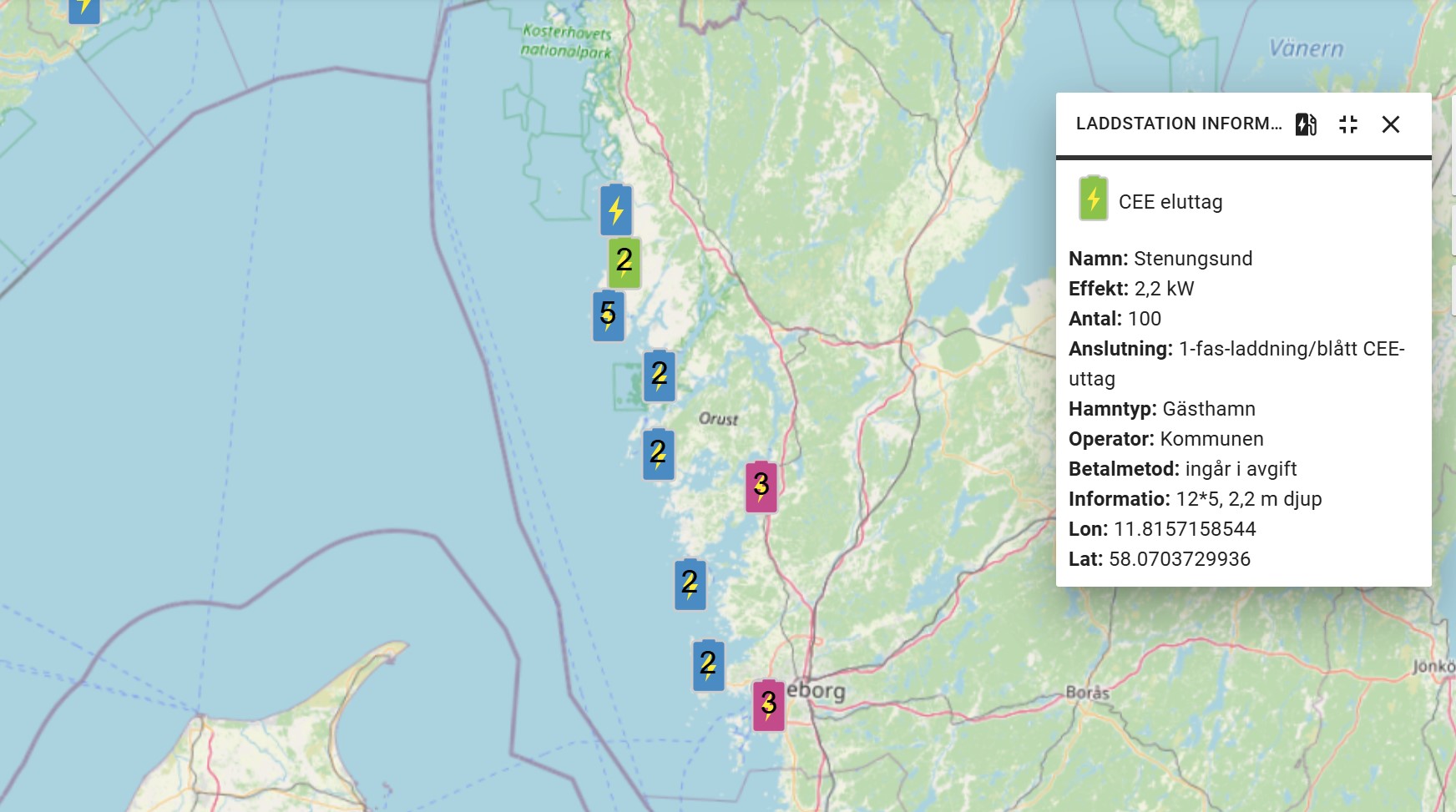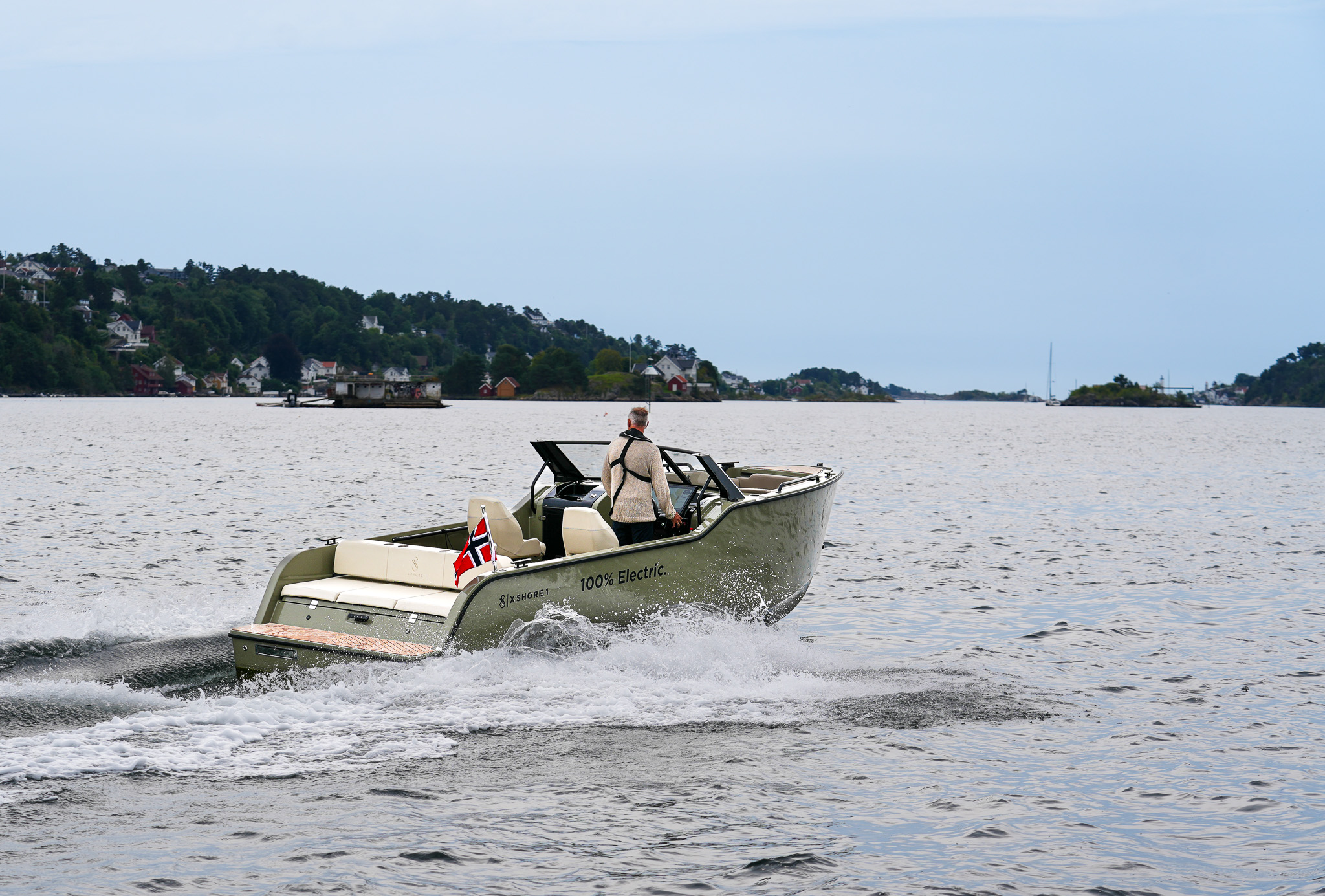
Proper charging in marinas - data analysis shows where the needs are
What should the future charging infrastructure for electric leisure boats look like - and where is it most needed? These are some of the questions that the research institute RISE is focusing on to develop knowledge and guidance that can accelerate the electrification of boating.
RISE's contribution to the project is broadly based and is mainly divided into three areas: mapping of user behavior, business models for charging, and analysis of the impact on the electricity grid and opportunities for local renewable electricity production. In parallel, monitoring and evaluation of the charging stations installed within the project will be carried out.

"To develop smart and user-friendly charging solutions, we need to understand how leisure boats are actually used"
Cecilia Strokirk, project manager at RISE.
- "To develop smart and user-friendly charging solutions, we need to understand how leisure boats are actually used," says Cecilia Strokirk, project manager at RISE. "It's a matter of studying travel patterns, boat types, mileage and mooring times - quite simply, understanding the everyday lives of boat owners.
By analyzing usage patterns, the project team can identify where charging is needed, how much energy is required and when demand is highest. These insights will be crucial for planning an efficient and cost-effective charging infrastructure that meets real needs.
The charging stations already installed in the project's ports are continuously monitored. Everything from technical functionality and grid load to user experience and economic factors are studied. The aim is to gather data for both local improvements and national recommendations.
- "There is great value in being able to provide direct feedback to participating ports, while building a common knowledge base for the whole industry," says Cecilia. "In this way, we can avoid common pitfalls and speed up electrification.
In addition to technical analyses, RISE has also conducted in-depth interviews with various stakeholders in the industry. - "The aim is to understand the driving forces, obstacles and opportunities, but also to highlight the environmental benefits that an electrified leisure boat fleet can bring," says Sara Kilicaslan of the project team at RISE.
"The aim is to understand the drivers, barriers and opportunities, but also to highlight the environmental benefits that an electrified leisure boat fleet can bring"
Sara Kilicaslan, Project Manager RISE.

By the end of 2025, when field tests and demonstrations have been carried out, a guidance document will be published. It will serve as a concrete support for municipalities and ports that want to take the next step in the transition towards more sustainable boating.
The electric boat charging project go:LEIF is a collaborative project between Norway and Sweden that aims to be part of the green transition through electrification, smart technology and sustainable business models. With its distinct recreational boating culture, many ports, marine visitor destinations and a tradition of boat manufacturing, the Skagerrak region has good conditions for rapid transition. It also has relevant technology suppliers and expertise in vehicle electrification. The project involves Swedish and Norwegian marinas, municipal associations/county councils, business offices, technology experts and researchers.
The project aims to enable charging points along the coast from Gothenburg to Agder in Norway, as well as create a digital home for consumer information and associated charging map.
Project partners are: Agder County Council, Arendal municipality, Business Region Göteborg, Fyrbodals Municipal Association, Göteborgsregionens Fritidshamnar AB (GREFAB), Gothenburg Region, Innovatum Science Park, LEVA i Lysekil AB, Silent, RISE Research Institutes of Sweden, Lysekil Municipality, University of South East Norway, Kungälv municipality and Kungälv Energy.
go:LEIF is co-financed by Interreg Öresund-Kattegat-Skagerrak and Regional Development VGR.



